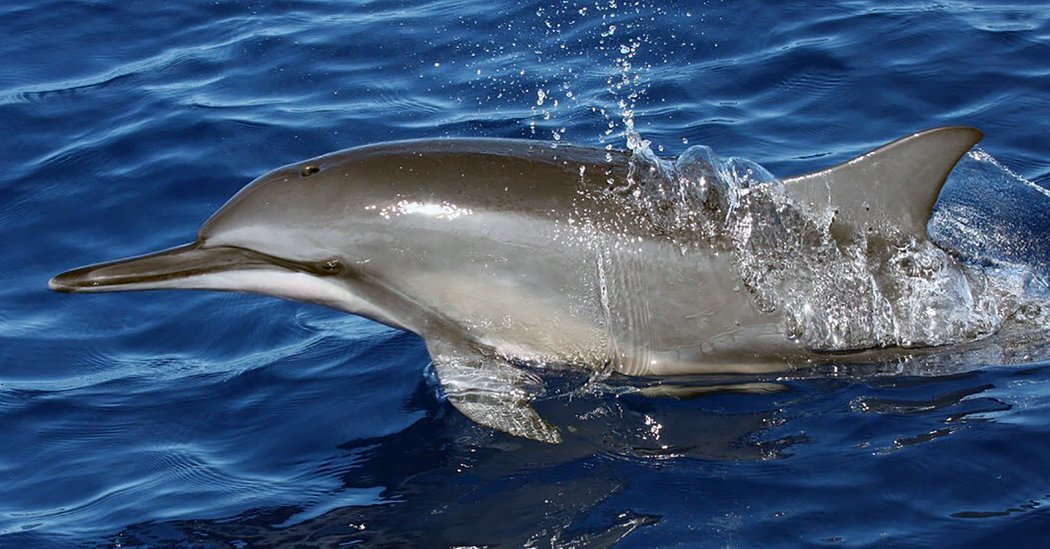The method she and her collaborators developed worked in steps. First, a detection program scanned through years of audio recordings and pulled out all segments with dolphin clicks. Their algorithm then carved these segments into five-minute blocks, generating an average click rate and frequency shape for each time window.
Next, the program grouped together five-minute chunks with similar average click rates and frequency profiles. It worked much like the online algorithms that recommend social media contacts, music or advertisements to us, though in a much simpler way, Dr. Frasier said.
While it previously took her three weeks to analyze a year’s worth of recordings from a single site, the algorithm took about four days to sort through two years of data from five sites.
Through an “unsupervised” process — meaning the authors did not train the algorithm to recognize any particular categories beforehand — the program came up with seven discrete click clusters.
Interactive Feature
A Conversation With Whales
They surrounded the divers and started clicking — they seemed to be saying hello. Read and then take a swim with whales in a virtual reality feature.
One of these was consistent with the unusual click profile of a species called Risso’s dolphin, which was a “good sanity check” suggesting their method might work, Dr. Frasier said.
She and her collaborators also speculated that two of the other click types possibly belonged to short-finned pilot whales and false killer whales, both members of the oceanic dolphin family that live in the Gulf of Mexico.
The machine learning approach has exciting potential, but field studies are needed to check their algorithm’s predictions, said Shannon Gowans, a professor of biology and marine science at Eckerd College in Florida, who was not involved in the study.
For now, the researchers can’t rule out the possibility that their click types come from other factors, such as dolphins altering the sounds they make based on context, or signals being captured differently at varying distances and angles from the sensors, Dr. Frasier acknowledged.
But she’s passionate about this technology’s future. Improving scientists’ ability to track dolphin populations is not just a matter of helping dolphins, she said. Along with other marine mammals, dolphins reflect overall ocean health, meaning researchers can use them as a window into understanding changing ocean conditions.
“My goal is that we free ourselves up to ask more interesting questions,” she said. “If we can spend less time manually picking through data and assigning labels, we can start looking at the bigger picture.”
By STEPH YIN
https://www.nytimes.com/2017/12/08/science/dolphins-machine-learning-algorithm.html
Source link


